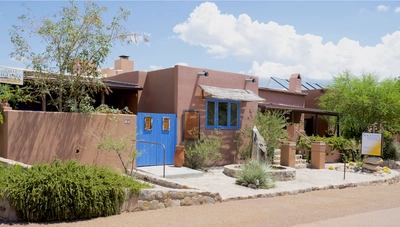★ ★ ★ ★ ★
"I chose Soulistic for my mother and 100% recommend their services to anyone."
Call us today
for a free,
no obligation evaluation.
Our Offices
We have two convenient locations:

Tucson, AZ Location







